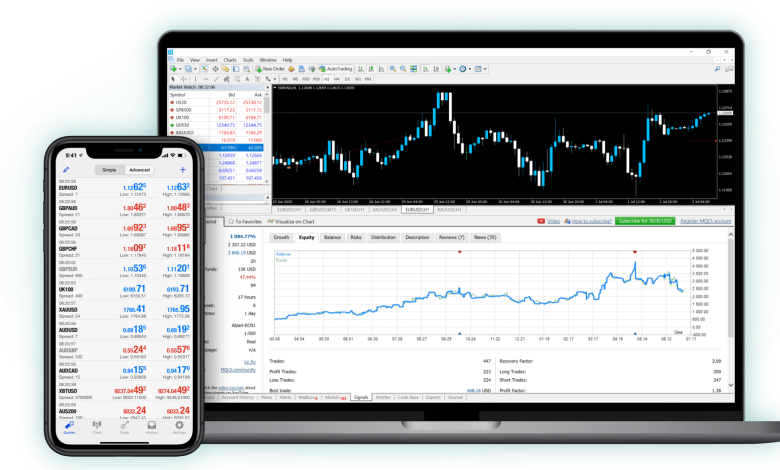Trading platforms have revolutionized the way people buy and sell financial instruments. These online tools provide traders with the ability to place orders, conduct analysis, and monitor their portfolios from anywhere in the world. However, simply having access to a trading platform is not enough to guarantee success in the market. To truly excel in trading, one must master the art of using these platforms effectively. In this article, we will explore expert strategies for maximizing the potential of trading platforms.
The Basics of Trading Platforms
Understanding the Functionality
- Trading platforms serve as the intermediary between traders and the financial markets.
- They allow users to place buy and sell orders, conduct technical analysis, and access real-time market data.
- Each platform has its own unique features and interface, so it's important to familiarize yourself with the one you are using.
Choosing the Right Platform
- Consider factors such as user-friendliness, available features, fees, and customer support when selecting a trading platform.
- Some popular trading platforms include MetaTrader 4, Thinkorswim, and TradingView.
- Choose a platform that aligns with your trading goals and preferences.
Expert Strategies for Using Trading Platforms
Customizing Your Workspace
- Take advantage of the customization options available on your trading platform to create a workspace that suits your needs.
- Arrange charts, watchlists, and indicators in a way that allows you to quickly access the information you need.
- Save your customized layout for easy access in the future.
Utilizing Advanced Charting Tools
- Mastering technical analysis is essential for successful trading.
- Explore the advanced charting tools available on your platform, such as drawing tools, technical indicators, and chart patterns.
- Use these tools to identify trends, support and resistance levels, and potential entry and exit points.
Setting Up Alerts and Notifications
- Stay informed about market developments by setting up alerts and notifications on your trading platform.
- Receive notifications for price movements, news events, and account activity.
- Use alerts to help you make timely trading decisions and stay ahead of the curve.
Managing Your Risk
- Implement risk management strategies to protect your capital and minimize losses.
- Set stop-loss orders to automatically close out a trade if it reaches a certain price point.
- Use position sizing techniques to ensure that each trade represents a manageable level of risk.
Developing a Trading Plan
Setting Clear Goals
- Define your trading goals and objectives before placing any trades.
- Set specific, measurable, achievable, relevant, and time-bound (SMART) goals.
- Having clear goals will help you stay focused and disciplined in your trading.
Creating a Trading Strategy
- Develop a trading strategy that aligns with your goals, risk tolerance, and trading style.
- Consider factors such as timeframes, technical indicators, and risk-reward ratios when designing your strategy.
- Stick to your strategy and avoid making impulsive decisions based on emotions.
Backtesting and Optimization
- Backtest your trading strategy using historical data to evaluate its performance.
- Optimize your strategy by making adjustments based on the results of the backtesting process.
- Continuously monitor and refine your strategy to improve its effectiveness over time.
Staying Informed and Educated
Continuous Learning
- Stay informed about market trends, news events, and economic indicators that may impact your trading decisions.
- Participate in webinars, seminars, and online courses to expand your knowledge and skills.
- Networking with other traders can also provide valuable insights and perspectives.
Keeping a Trading Journal
- Maintain a trading journal to track your trades, results, and emotions throughout the trading process.
- Reviewing your journal regularly can help you identify patterns, strengths, and weaknesses in your trading approach.
- Use the information in your journal to make informed adjustments to your trading strategy.
By following these expert strategies and mastering the art of using trading platforms effectively, you can enhance your trading performance and increase your chances of success in the market.
